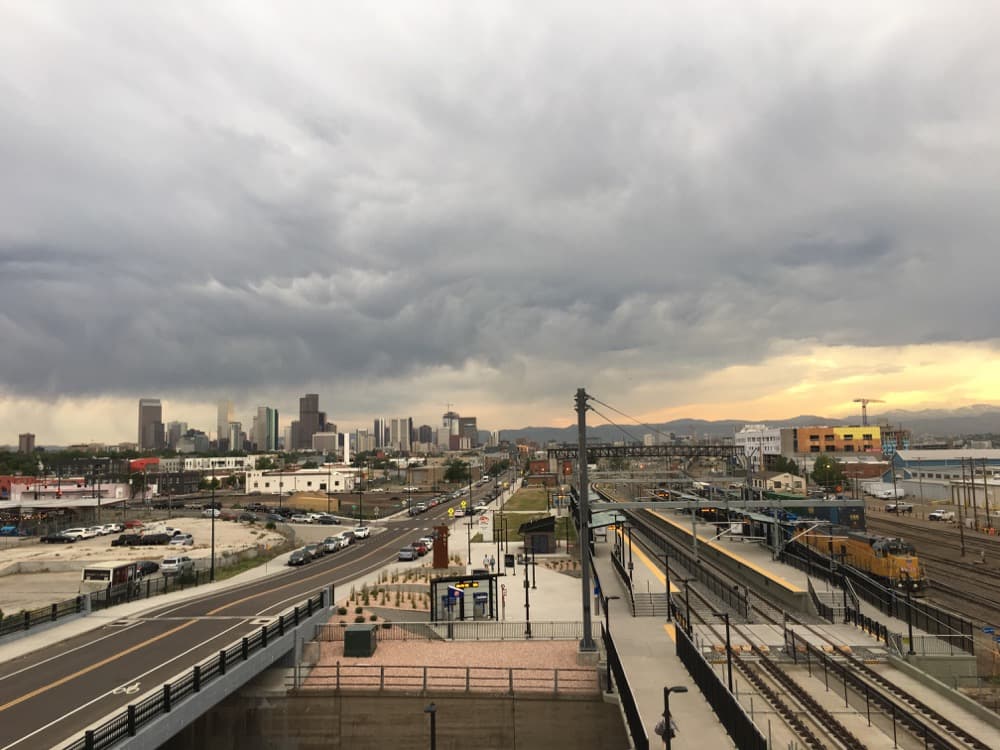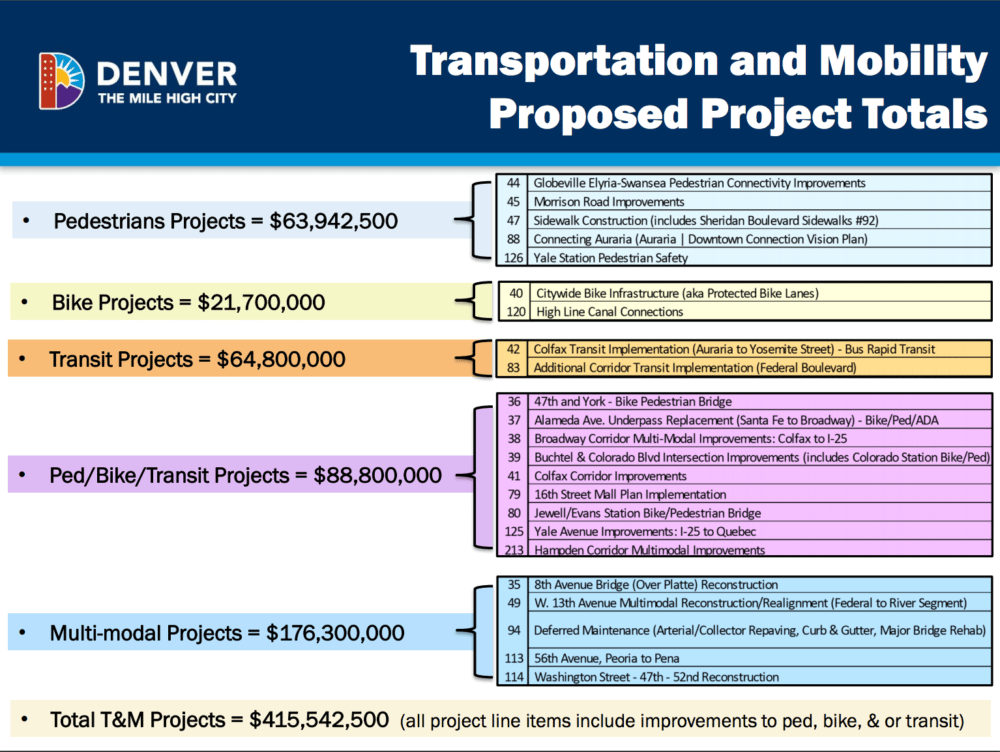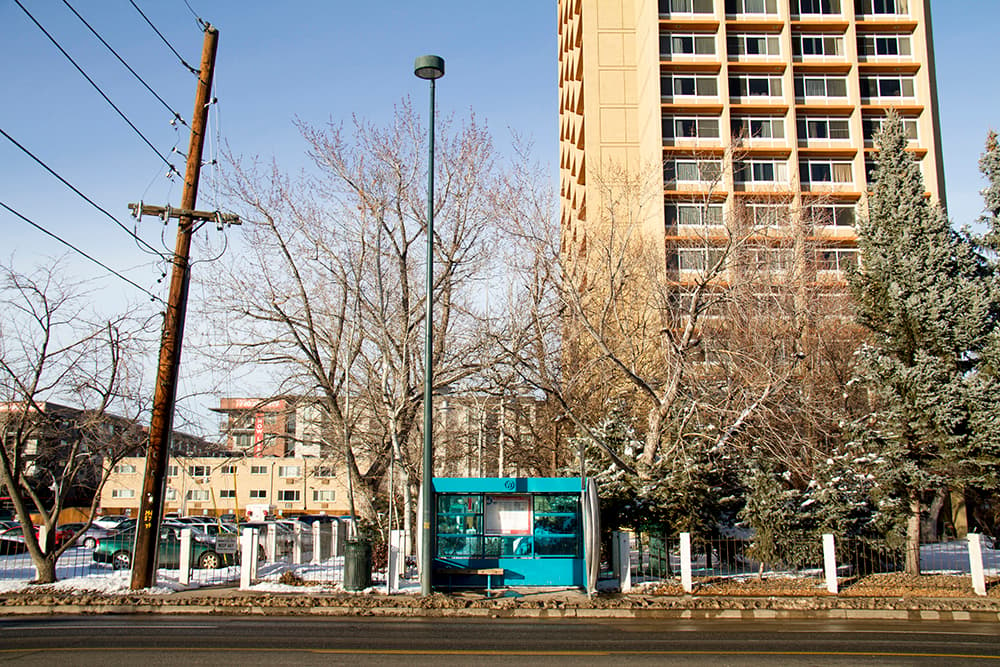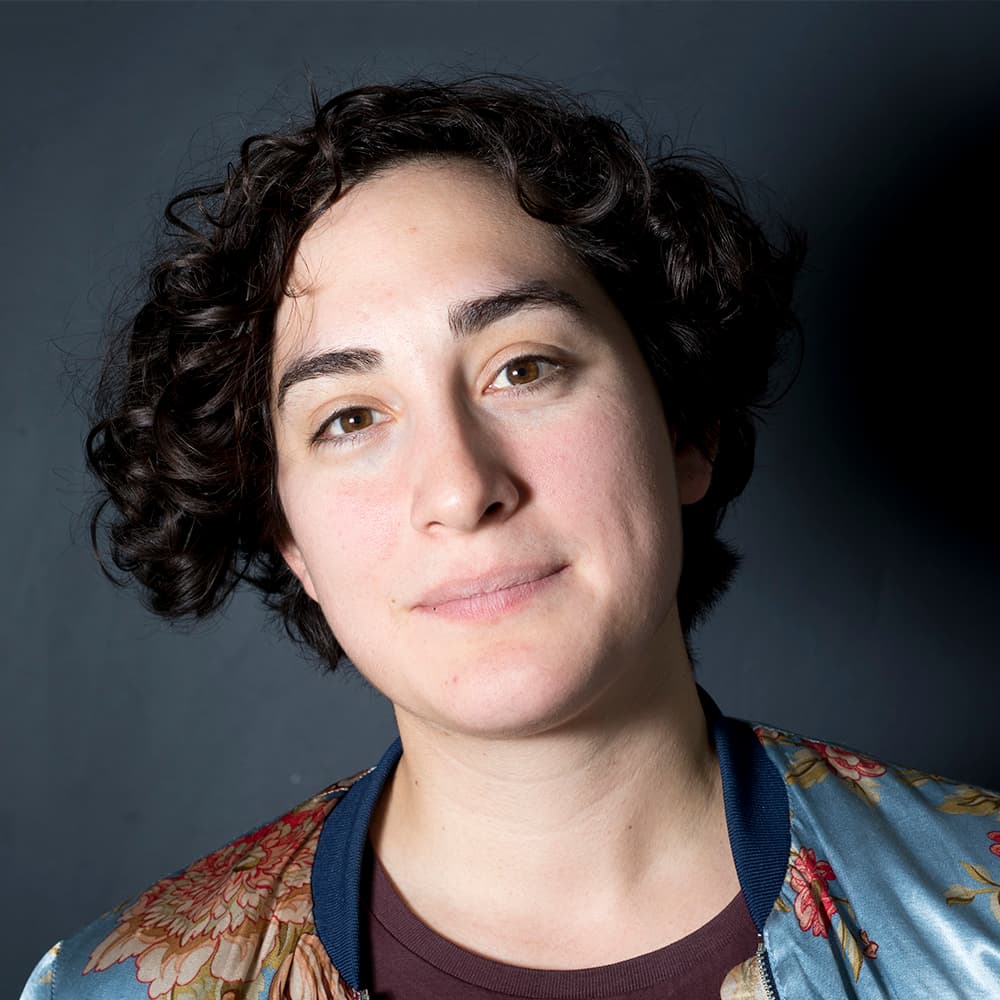
By now, you've probably heard that roughly half of Denver's $937 million, once-in-a-decade bond funds are earmarked for transportation projects. And if you've heard anything about Mayor Michael Hancock's vision for the city, it's probably that he's working towards a multimodal city.
But which modes reign supreme in Denver's vision for the transportation future? Here's a breakdown of how biking, walking, pedestrian and vehicular interests fared in the transportation bond proposal.
First, here's the city's breakdown in terms of raw dollars:

As seen above, transit projects got $64.8 million in funding. Similarly, pedestrian projects got $63.9 million. Bike projects received approximately a third as much, with $21.7 million in funding. Projects that were some combination of biking, pedestrian or transit got $88.8 million. Then there's "multi-modal" projects including $101 million in deferred street repairs, totalling $176.3 million.
More than half of the money, 57.6 percent, went to modes of transportation once considered "alternative," like walking, biking and transit. That's a victory for members of the Denver Streets Partnership, a coalition of groups working to fund a complete transportation network in Denver:
"While we didn't get everything that we asked for on our Christmas list, we do like the fact that the allocation in the GO bond is significant and so much more than what we've seen in the past," said WalkDenver founder Gosia Kung. Walk Denver is a member of the streets partnership.
For the city's bicycle network, fellow DSP member group Bike Denver says that the GO bond takes annual city funding of bikes from about $2 million a year to about $5 or $6 million, if you count bike projects generously.
And along with the money, Hancock has been pretty explicit about his intention to invest in these modes of transit as a means to minimize the number of people who are driving alone. Here's what he said in his State of the City speech:
"We’re going to dedicate more travel lanes as transit-only and make bus service more accessible to everyone. We’re going to build more bike lanes, neighborhood bikeways and protected bike lanes. We’re going to support the next generation of commuters who don’t necessarily think owning a car is the only way to go."
Still, the single biggest project, $101 million for deferred street maintenance, outstrips money dedicated exclusively to either pedestrian, biking or transit. Exclusively pedestrian or transit projects each got roughly three times the dedicated funding that bikes got. Projects that were some combination of either pedestrian, biking or transit got the most money.
What does this distribution mean for the multimodal transportation network the city is assembling?
Walk Denver's Kung is mostly happy with the distribution. She says that for pedestrian projects, it's the first step towards rectifying a long-held imbalance.
Among the 23 individual transportation projects, the third-biggest is a $30.7 million project for sidewalk construction.
"Historically, this is the first time that we're investing in sidewalks," Kung said. "I mean, we've invested a little bit in bike lanes, but historically, we have invested all the money in driving, in roads for cars, so it's going to be a while before we reach the balance."
Councilman Paul Kashmann thinks the city needs to do much more for sidewalks, going so far as to abstain from a committee vote Monday to advance the transportation package to the full council, which in turn will place the bond package on the ballot.

The $30.7 million is down from $49 million in recommended sidewalk projects earlier in the bond process.
"I very much appreciate the mayor’s turn on mobility," Kashmann said earlier this month. "Not all the numbers turned out the way I would have liked, but it’s more numbers than we had. I can’t say 'I couldn’t be happier,' because I could very much be happier. ... Help me understand why that money is so chopped down."
In particular, Kashmann wants the city to put a higher priority on sidewalks that help children walk to school safely. Instead, the mayor's office chose to prioritize sidewalks around transit stations, according to Deputy Chief Projects Officer Tykus Holloway. Holloway said all projects with pedestrian components should be considered toward the total investment, not just the sidewalk line item.
And the proposed pedestrian investment still leaves gaps. For one, Denver is not changing its ordinance that holds property owners responsible for maintaining sidewalks outside their homes or businesses. That's the reason that sidewalks have been underfunded in the first place, Kung said.
Kung said pedestrian investments make sense because everybody has to use the sidewalk. Even if you drive a car, you have to walk to and from that car at some point, Kung said.
"The foundation for every transportation system is sidewalks," she said. "Sidewalks really need to be complete on every street, every block so that people can access transit, grocery stores, children can go to school, all services are accessible."
As for transit, it's an expensive investment, said Jamie Perkins, program manager at Transit Alliance, an organization advocating for mobility along the Front Range. But she says transit is an extension of the pedestrian network: "You can only walk so far."
Plus, like pedestrian infrastructure, transit investments, particularly bus ones, have been historically been underfunded, says Perkins. The 2007 bond did have money for transit-oriented development sites, but that meant money focused on rail.

So if Denver wants a system that supports more than basic services while RTD is also cash-strapped, the transit money is needed, Perkins said. It also happens that the end result would be the system riders deserve.
"These projects are going to be the first projects in Denver that will give bus riders the dignity of having their own lane and the respect of having upgraded stations," she said.
Finally, yes, it seems that bikes may have drawn the short straw this decade:
"We asked for $30 million [for citywide bike infrastructure] and we got $18, so we got cut short a little bit. I felt like we deserved to have gotten the $30 million," said Bike Denver Executive Director James Waddell.
Part of the problem may be political. With images of white guys in spandex and hipsters, investing in bicycle infrastructure can feel more divisive, Waddell said. High bike ownership in Denver could signal that investment here has high returns though.
"The only people that are really riding bikes around right now are that top 10 percent of fearless and courageous bike riders," he said. "We still pander and design streets for the 30 percent of people who are just never going to get on a bike and 70 percent of people own a bike."
Plus, it can be a pretty cheap investment.
"Just a stripe on a street doesn't cost that much money. Does it stop cars hitting you? No. But it claims the space on the street," Waddell said.
Still, Kung, Perkins and Waddell all agree that a complete transportation network is best served by cooperation.
"We stand to benefit by working together on a lot of these projects, and we've heard that from City Council representatives," Waddell said.
Kung agreed.
"What we need is to give people options for transportation," she said.
Perkins, too.
"There's no such thing as balance between those interests because those interests are all supportive of one another," she said. "You can't have people on a bus without getting them there."
Additional reporting by Erica Meltzer.












